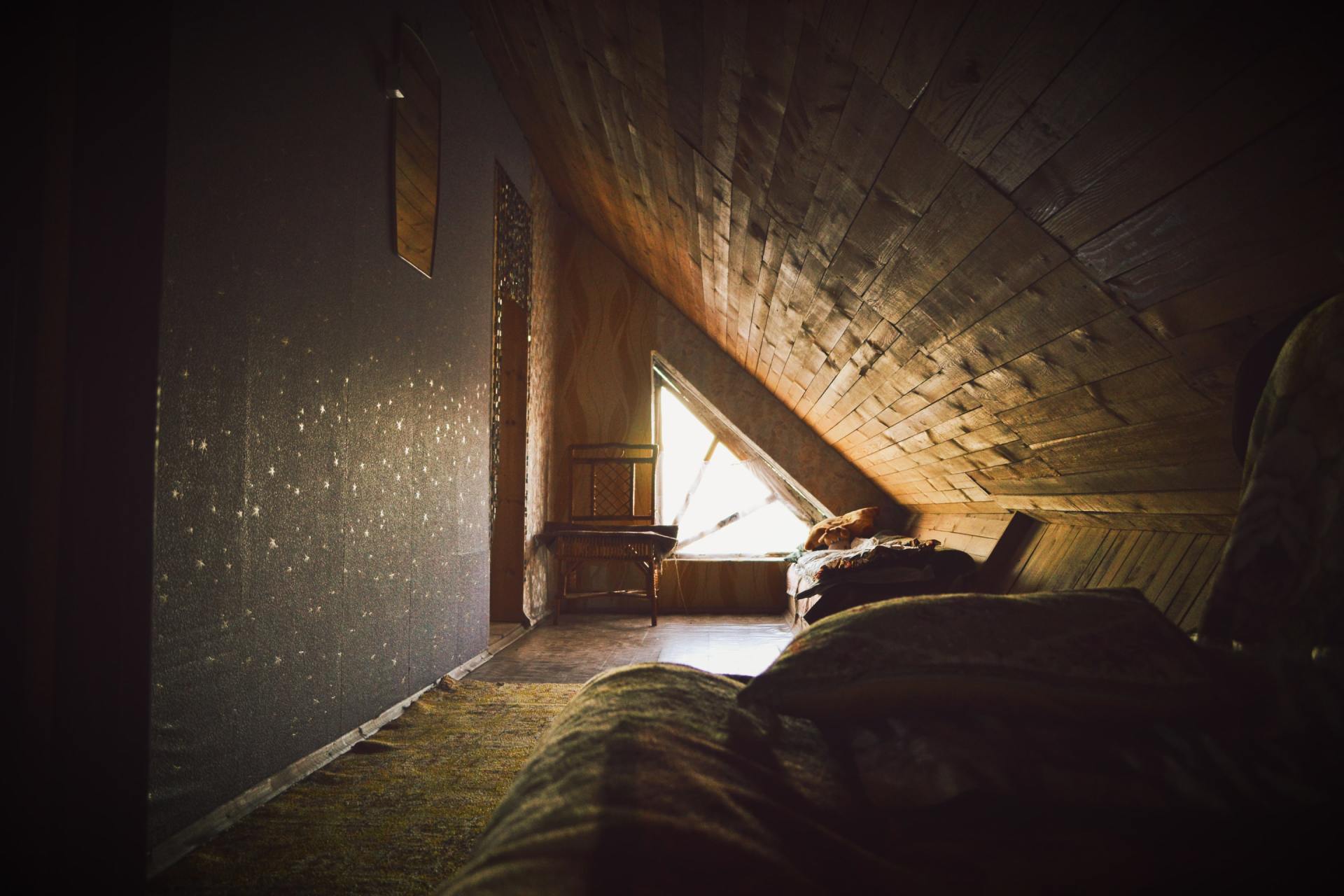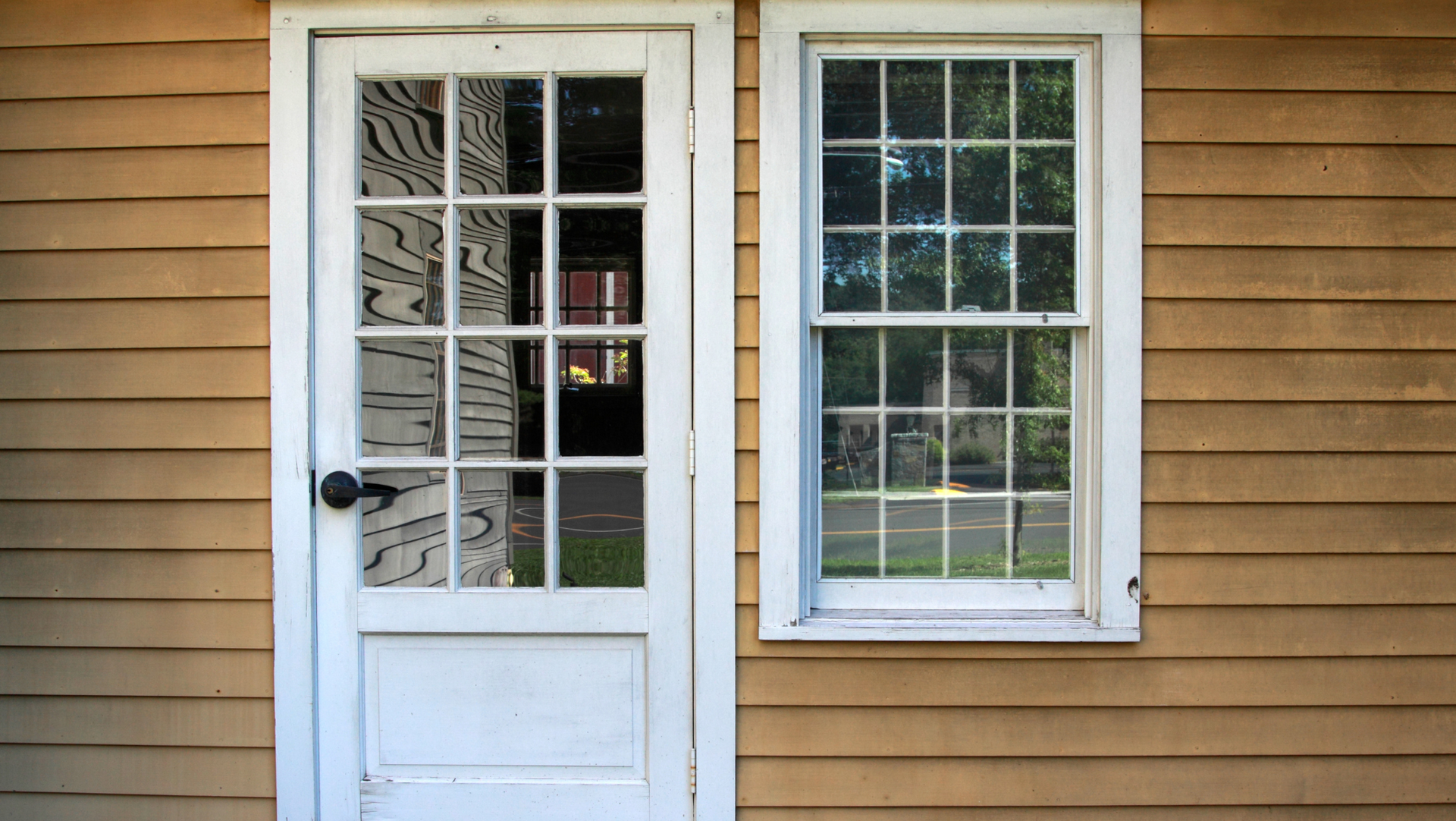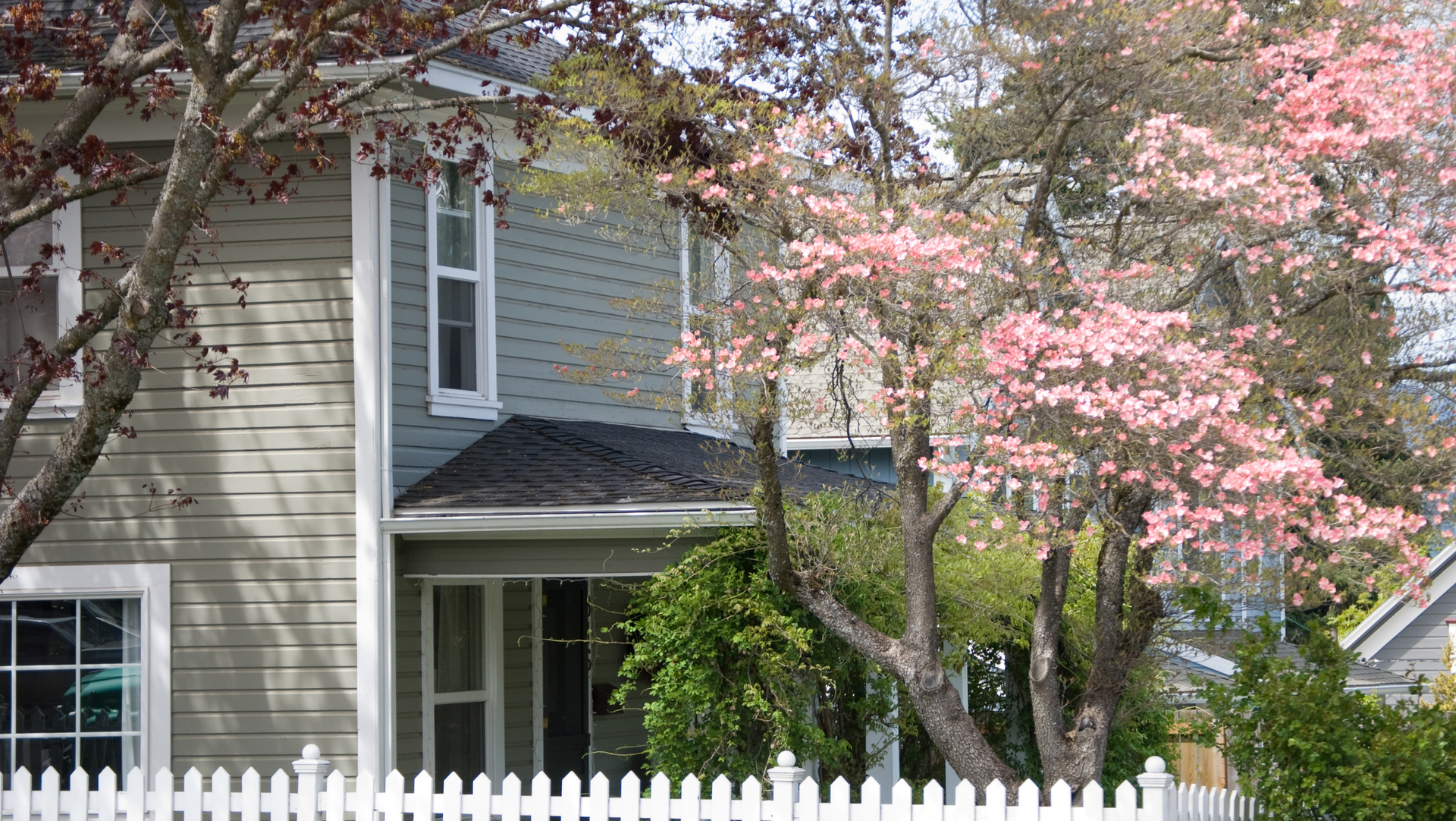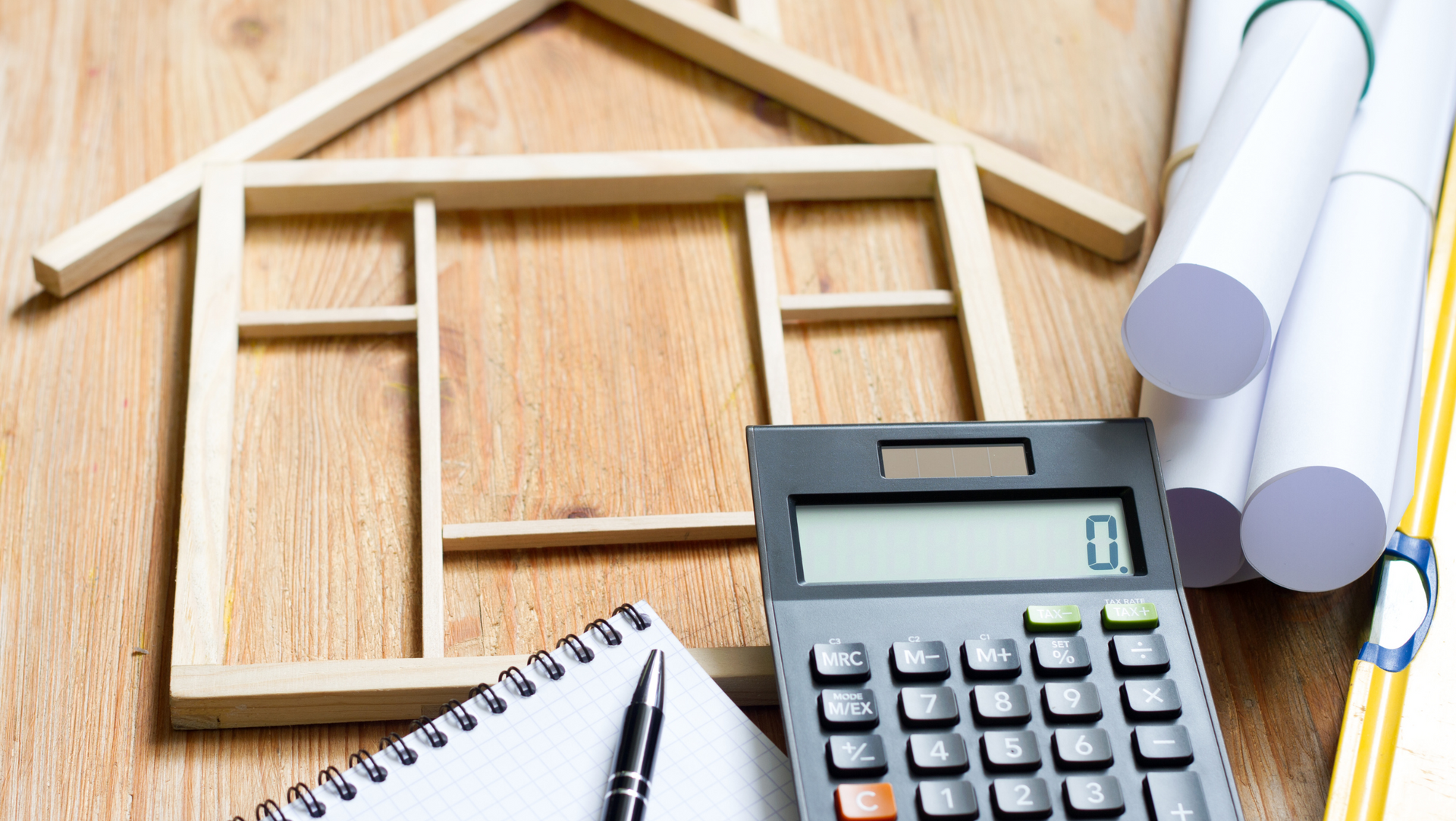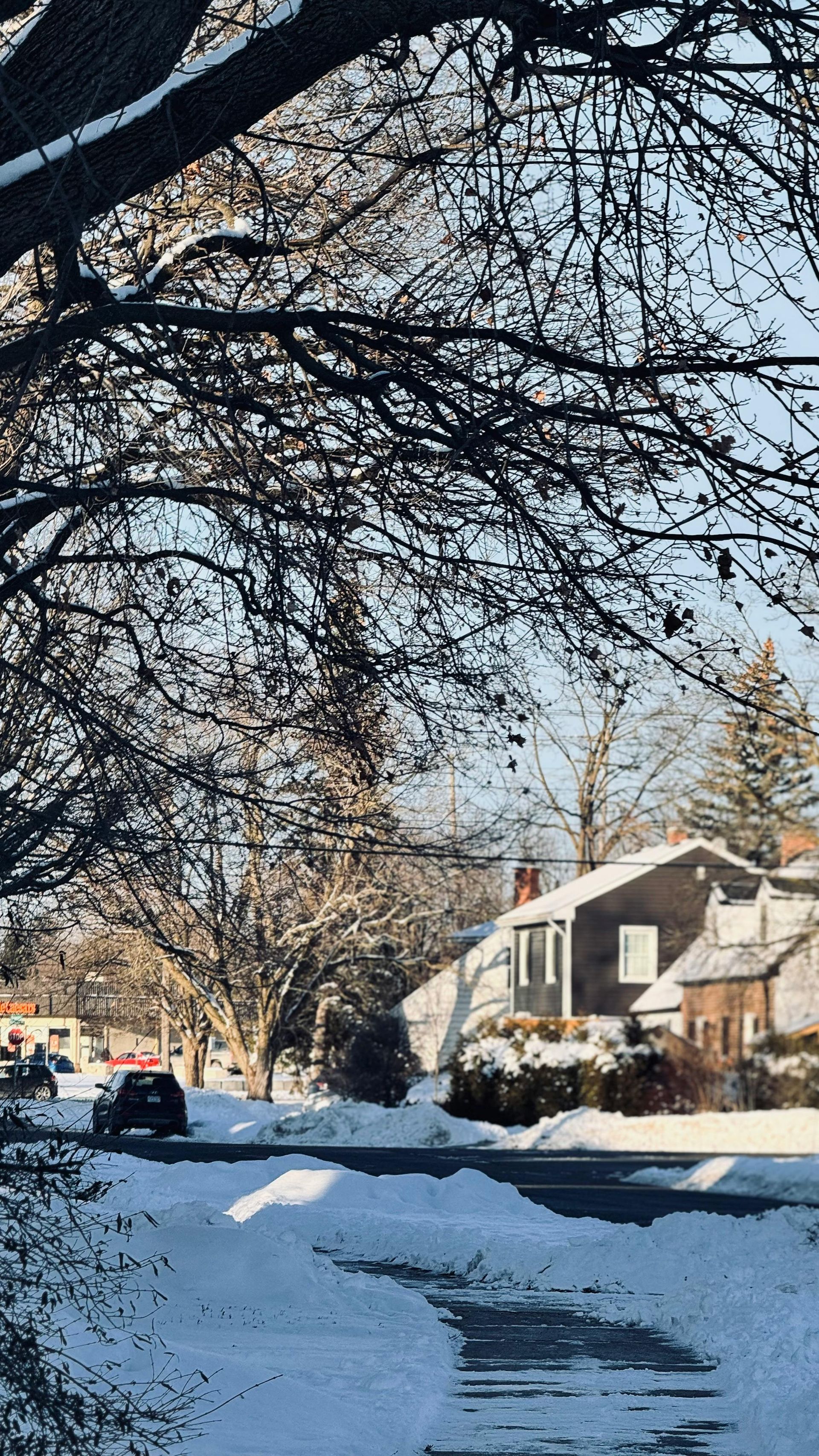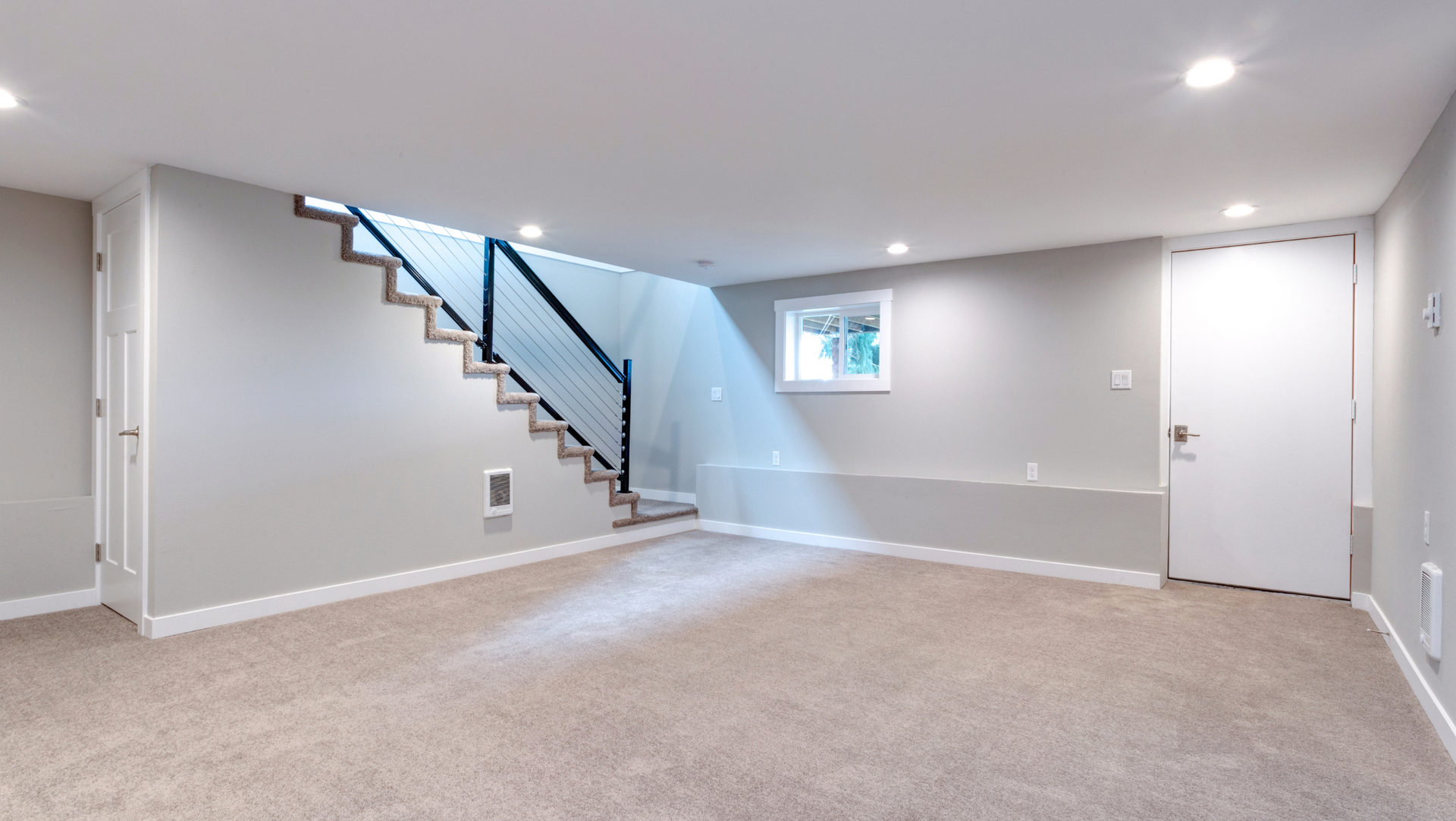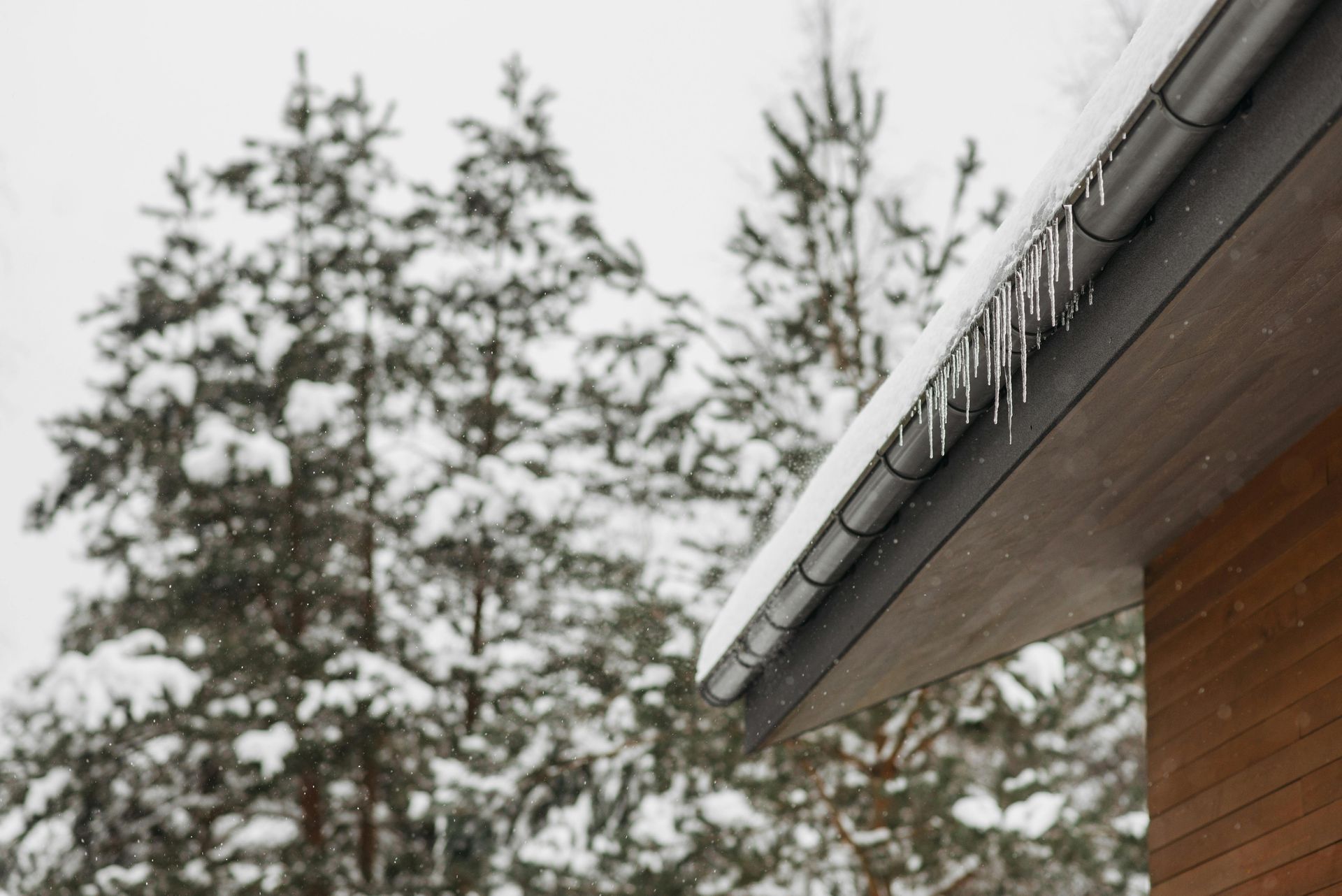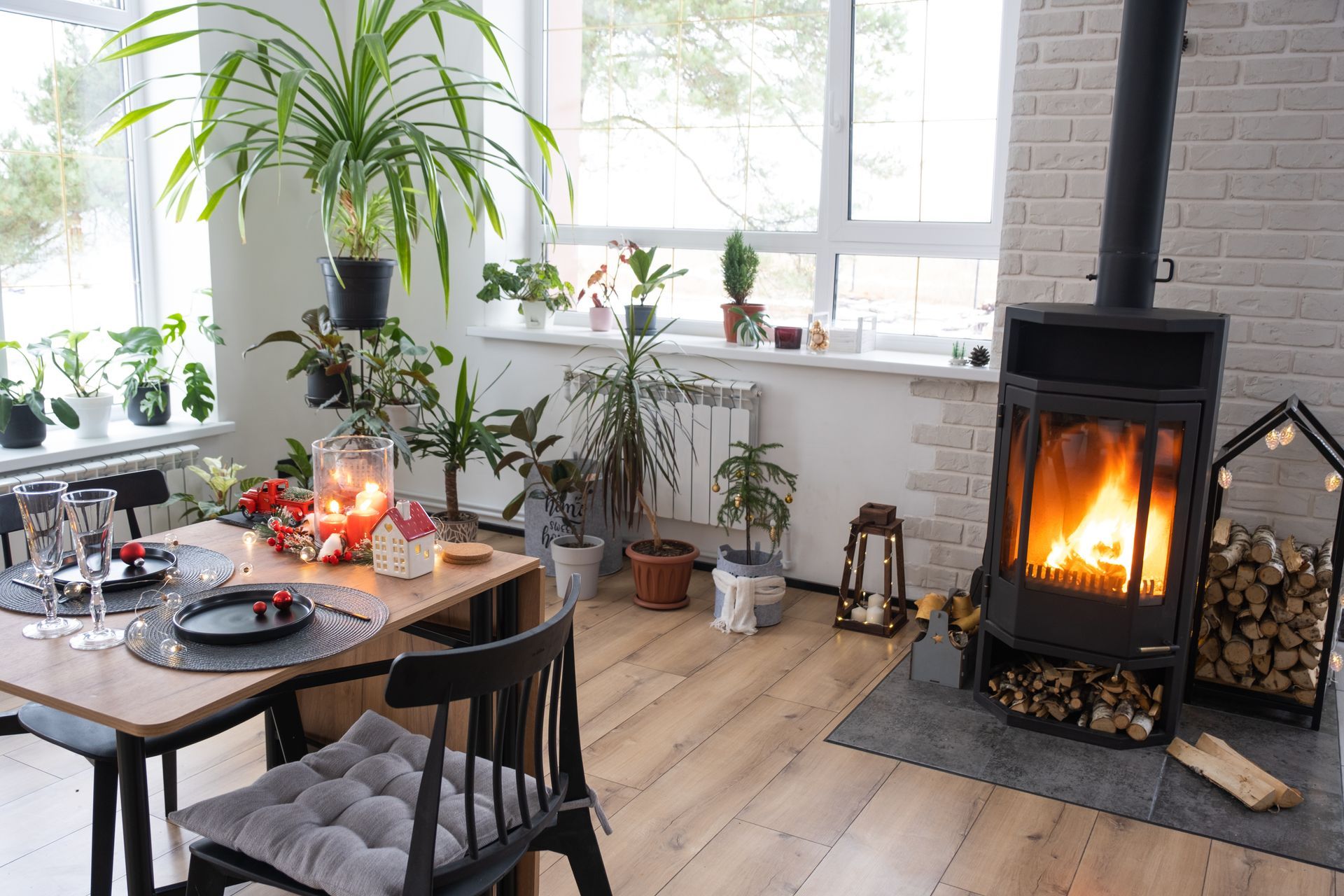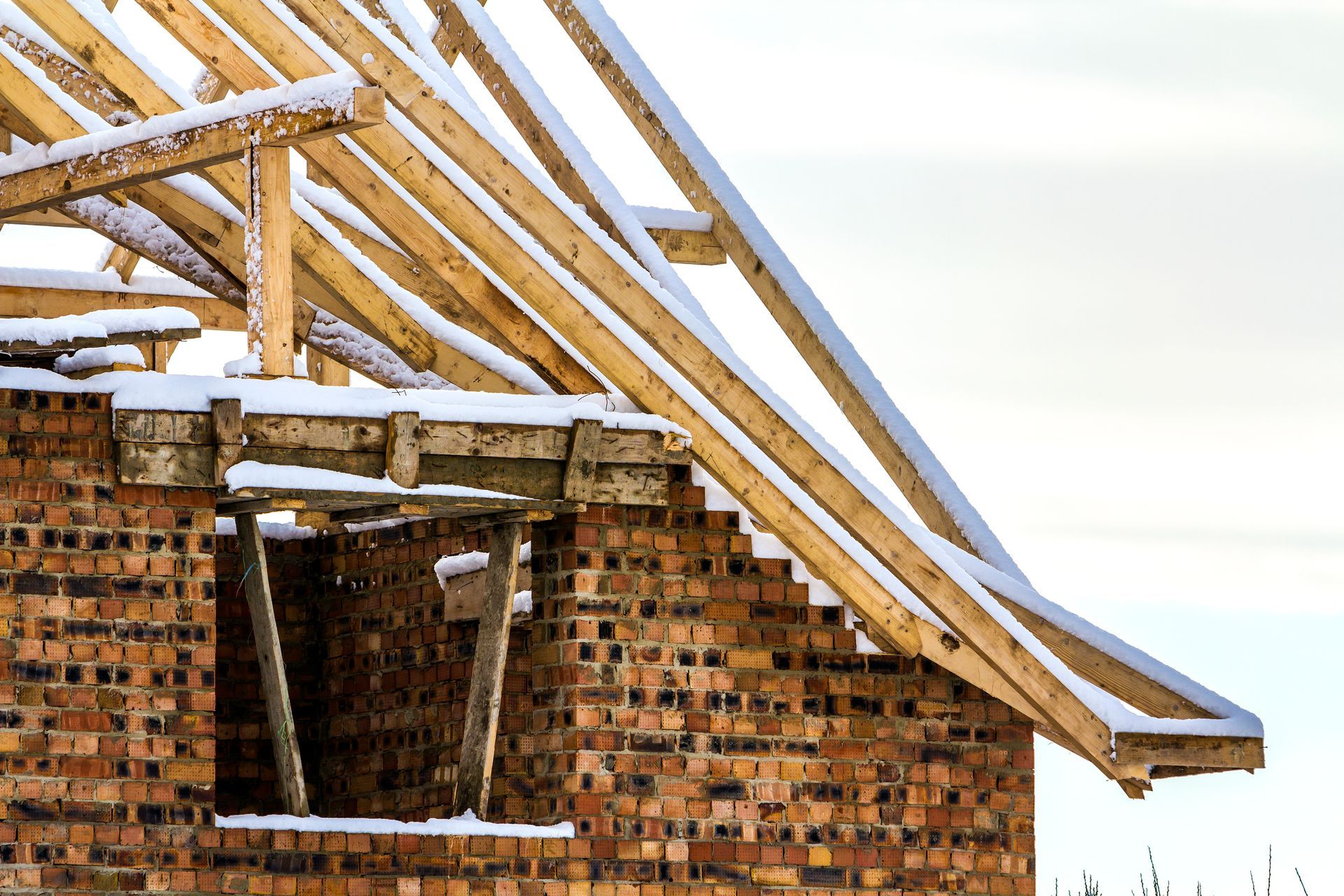Insulating and Air Sealing for Energy Efficiency
Keeping your home well insulated and free of air leaks will not only save you money, but it will also reduce your carbon footprint. Proper insulation is needed from the roof down to the foundation. Here are some areas to consider as you tackle this home improvement project.
WHERE TO INSULATE
- Attics: If you Attic is unfinished, insulate between and over the floor joists to seal off living spaces below. If your attic is finished, insulate between the studs and rafters of all exterior walls and roof. Don't forget the door too.
- Exterior Walls: Insulate between all living spaces and unheated areas like garages, sheds, or storage areas. If your basement is heated you will need to insulate the foundation walls above ground level as well.
- Floors: Floors above vented crawl spaces and unheated garages should be insulated too. Adding area rugs or carpeting in these areas will also help.
- Windows: Caulk and seal around all windows and doors. Storm windows are very helpful to prevent heat loss.
- Ducts: If the ducts in your home are in unconditioned space, seal and insulate them. If you’re building a new house, place ducts in the conditioned space to avoid the heat losses.
Reducing the amount of air that leaks in and out of your home is a cost-effective way to cut heating and cooling costs, improve durability, increase comfort, and create a healthier indoor environment. Air leaks also contribute to condensation and other moisture problems that can affect not only the building but also those who live there.
Some of the things you can do to prevent air leaks are:
- Caulk and weatherstrip doors and windows.
- Caulk and seal air leaks where plumbing, ducting, or electrical wiring comes through walls, floors, ceilings, and soffits over cabinets.
- Install foam gaskets behind outlet and switch plates on walls.
- Inspect dirty spots in your insulation for air leaks and mold. Seal leaks with low-expansion spray foam and install house flashing if needed.
- Dirty spots on your ceiling paint and carpet may indicate air leaks at interior wall/ceiling joints and wall/floor joists, caulk them.
- Cover single-pane windows with storm windows, plastic or replace them with more efficient double-pane windows.
- Use foam sealant on larger gaps around windows, baseboards, and other places where air may leak out.
- Check your dryer vent to be sure it is not blocked.
- Replace door bottoms and thresholds with ones that have pliable sealing gaskets.
- Seal air leaks around fireplace chimneys, furnaces, and gas-fired water heater vents with fire-resistant materials

